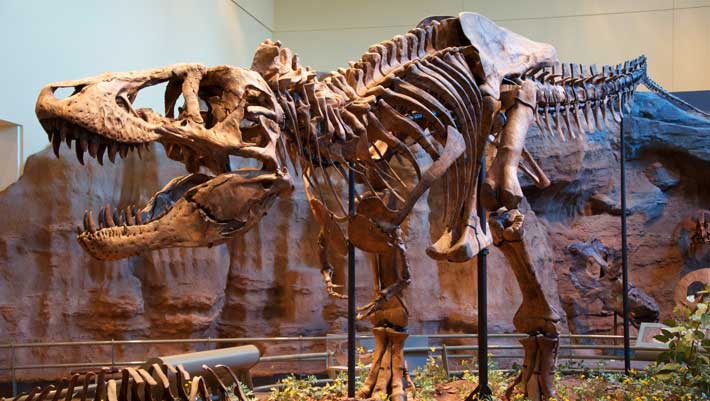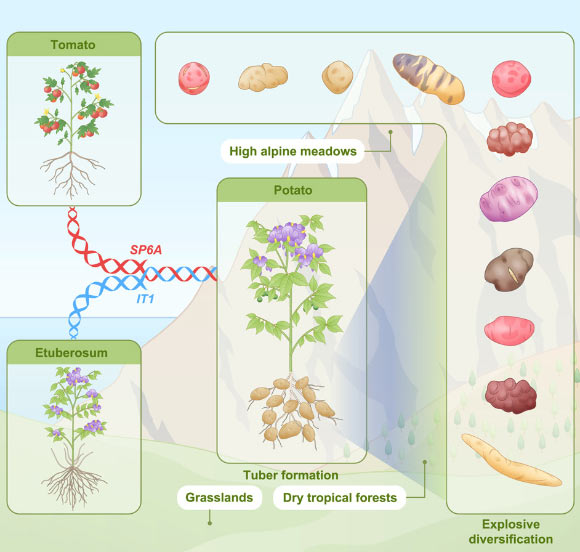Now Reading: Study Reveals Weak Bite Strength in Giant Megalosauroid and Allosauroid Dinosaurs
-
01
Study Reveals Weak Bite Strength in Giant Megalosauroid and Allosauroid Dinosaurs
Study Reveals Weak Bite Strength in Giant Megalosauroid and Allosauroid Dinosaurs

Speedy Summary
- Research by University of Bristol paleontologists analyzes differences in skull biomechanics among large carnivorous dinosaurs.
- Tyrannosaurids, like Tyrannosaurus rex, had skulls optimized for high bite forces but experienced higher stress.
- other giant carnivores, such as megalosauroids (Giganotosaurus) and allosauroids (Allosaurus), evolved weaker bites suited for slashing and flesh-stripping prey.
- 3D technologies, including CT scans and surface scanning, where used to study the biomechanics across 18 theropod species from small to massive sizes.
- The findings highlight diverse feeding techniques among predatory dinosaurs distinguished by skull mechanics rather than just size-showing variation in evolution strategies for large bipedal hunters.
!Tyrannosaurus rex holotype specimen at the Carnegie Museum of Natural History, Pittsburgh
Image credit: Scott Robert Anselmo / CC BY-SA 3.0.
Read More: Carnivorous Dinosaur Bite Force Analysis
Indian Opinion Analysis
This research offers insights that are scientifically significant for understanding evolutionary diversity but also has broader implications. The study challenges the idea of one dominant biomechanical solution for apex predators-a concept that parallels ecological diversity seen even today. India’s education sector might incorporate findings like these into STEM curricula to inspire interdisciplinary approaches combining biology, technology (like CT applications), and evolutionary studies.
Furthermore, this sheds light on how ecosystems accommodate specialization over competition-a viewpoint that could resonate with conservation efforts in India’s biodiversity-rich regions such as the Western Ghats or Sundarbans.Encouraging local ecological studies shaped around coexistence could provide an insight-driven model for maintaining species variety alongside human development.
























